Autumn 2016 marks ten years since the launch of Badzine’s international website. To mark the occasion, we present to you this illustrated retrospective of some of the changes and the big stories that Badzine has been lucky enough to cover over the past decade of international badminton.
By Don Hearn. Photos: Badmintonphoto
In August 2006, when I first heard the name Badzine, it was not merely the proverbial light bulb above the head of Chief and Founding Editor Raphael Sachetat. Instead, the Badzine concept had been born in 2003 and had had a 3-year incubation period in France, at the end of which Québec and Germany also already had their own versions of Badzine. By the time its founder approached me in Seoul, Badzine International already had a domain name, an experienced webmaster, a logo, a mission statement, and Raphael had already been around the globe and had assembled a list of willing volunteers who were just waiting for the signal.
Within a couple of weeks, I too had put my name in the hat and soon I was off to Korea’s national training centre to interview the Korean national team head coach and a pair of doubles players who would eventually be ranked #1 in the world. That was the first interview to be published on the new English-language version of Badzine and I really had no idea how many hours I’d be logging over the next ten years – on laptops, desktops, buses, trains, subways, and airplanes – to keep the news flowing from my corner of the badminton world.
What follows is an illustrated retrospective that recalls some of the biggest changes in the badminton world that happened on our watch over the last ten years and how Badzine has changed in that time as we tried to keep up.
In late 2006, Badzine launched just before the World Championships. We started with a few features but in Madrid, as for most of that autumn, Raphael had to wear multiple hats as writer, photographer, and editor for multiple outfits.
Madrid was a harbinger in several ways. Both Lin Dan and Cai/Fu took the first of many World titles. It was the last time we saw an all-European World Championship final.
Madrid and the subsequent Japan Open were the last tournaments together for two-time Olympic champions Zhang/Gao and Japan also saw one of the early milestones of the rally-point system as Zhang Ning and Xie Xingfang played the first two-way championship point at the new sudden death 29-all.
In late October, I was lucky enough to be the first person other than Raphael to cover an event on site for Badzine. Several of the finalists at the 2006 World Junior Championships were already famous – as Wang Yihan, Saina Nehwal, and Lee Yong Dae had already won the World Cup, Philippine Open, and the Thailand Open respectively. I managed to interview these three, along with fellow would-be World Championship medallists Ma Jin and Bae Yeon Ju – who weren’t famous yet – and Tommy Sugiarto, whose surname was at that point still more famous than he was.
After two more volunteers – including Badzine Québec founder Yves Lacroix – covered events more or less locally for Badzine International, Dev Sukumar was the first to file stories for us from abroad. He was on site to cover the Doha Asian Games, which would turn out to be the last time the great Taufik Hidayat (pictured above) would triumph over the great Lin Dan.
Everything changed in 2007. The advent of the Super Series meant that 12 cities would be hosting tournaments of the highest calibre. Badzine managed to start the year strong, with writers on site for the first two, in Kuala Lumpur and Seoul. The Malaysia Open, in particular, gave a chance to Asian Games gold medallists Koo/Tan and Zheng/Gao to prove that it was no fluke they had won titles in Doha, their second and first tournament together, respectively.
By spring, Badzine had two more regular editors and one of these, Ms. Jan Lin, was on site for the Sudirman Cup in Glasgow. We started to get more volunteers interested in covering events on site and we ended up with new recruits bringing live coverage of 5 of the 12 Superseries events that year, in addition to the Sudirman Cup, the World Championships in Kuala Lumpur, and even the World Juniors in Auckland.
With the cancellation of the Super Series Finals in the inaugural year, the season culminated in the last two events, in Guangzhou and Hong Kong. Editor Raphael Sachetat was on hand for Wong Mew Choo’s amazing run to win the first Super Series edition of the China Open, when she beat four of China’s top players to take the title.
In the first Olympic year for the newest Badzine, Raphael began overseeing the publication of regular dummy lists, keeping track of who would and wouldn’t be eligible for Beijing under the new Olympic qualifying rules.
With the addition to our team of two key players, Aaron Wong and Mark Phelan, Badzine was able to present a lot more feature articles and move beyond just tournament reports and post-match interviews. Also, two more young writers graduated from translating player blogs to doing on-site coverage and the international tour really started to come to life on Badzine.
Courtesy of Ms. Lin, we were able to bring on-site reporting from the Thomas and Uber Cup finals, the Beijing Olympics, and finally the inaugural Super Series Masters Finals in Kota Kinabalu, Malaysia, in a busy December when we also did our first live chat with Greysia Polii.
One of the big highlights of our 2008 coverage, however, came very early in the year, when Raphael and I were both shooting in Seoul when Lin Dan and Korea’s singles coach Li Mao came to angry words after a controversial line call in the Korea Open men’s singles final. Lin hurled his racquet over Li’s head, then calmed down, resumed the game and saved a match point before Lee Hyun Il finally took his first Super Series title.
In many ways, the big story of 2009 was China taking over. After skipping the 2008 Super Series Masters Finals, Chinese authorities announced that national team training would lead to their skipping of all January and February tournaments. Danish shuttlers had a field day at the Korea Open, winning 3 of 5 titles, including Boe/Mogensen picking up their first Super Series title by beating Jung/Lee on home court, just days before the Koreans would ascend to the world’s #1 spot.
Team China provided full justification for their hiatus when they swept all five titles at the All England in March. The finals in Birmingham that day were quite auspicious, featuring such future world #1s as Zhao Yunlei, Ko Sung Hyun, and of course, women’s singles champion Wang Yihan, who played her first fantastic final against Denmark’s Tine Rasmussen, the defending champion.
Badzine was also on the scene when Ma Jin and Wang Xiaoli made their debut as Asian Champions, returning to Korea more than two years after winning the World Junior title in Incheon. Other Team China developments we had to keep track of from afar, such as the sudden appearance of Wang Xin and Wang Shixian on the international scene that summer.
2009 wasn’t all about China, however. Zhou Mi returned to the world #1 spot wearing a new Hong Kong uniform. Then Saina Nehwal took the first Super Series title of her career at the Indonesia Open. In fact, the same summer saw the opening of an unfortunately short-lived Indian edition of Badzine, which peaked during the World Championships in Hyderabad, when we had three writers on site for, among other things, Cai/Fu’s 28-26 finish against Jung/Lee in the men’s doubles final.
2010 started off with two auspicious weeks, particularly in women’s singles. That Wangs Xin and Shixian would win more Super Series tournaments in the new year was more or less expected. What was more surprising was who had taken care of the top seeds and later appeared in those finals.
The success of Korean teens Sung Ji Hyun and Bae Yeon Ju, though, rather overshadowed the parallel emergence of veteran Bae Seung Hee who, less than a year into her comeback, was beating her first top ten opponent. And it was Bae who produced the upset match of the year to kick off the upset tie of the year when she beat Wang Yihan to make possible Korea’s first ever Uber Cup victory.
Badzine went through a major re-launch right around the time that the BWF held its World Championships in Paris, where our organization began. Badzine was not alone in emerging stronger from Paris. World Champion Yu Yang got a new partner and she and Wang Xiaoli went the rest of the year with just one loss.
2011 was supposed to be a whole new chapter for world badminton, with the new Superseries Premier events. However, it started with some residue of the 2010 season. The Guangzhou Asian Games had forced the BWF to schedule the 2010 Superseries Finals in January 2011 and Wang and Yu used their victory in Taipei as a springboard for the most successful season in Superseries history.
In early spring, we had a lot of unexpected activity on Badzine as the BWF unveiled its plan to force female players to wear skirts or dresses at major tournaments. We ran a fact piece and a guest editorial and also opened a poll on the issue and we were able to publish a response from a BWF official. A few weeks later, the regulation got a lot of attention from the mainstream media, even warranting television news spots in Canada and India, among other places, and the BWF soon shelved the idea.
In 2012, we did our best to maintain our coverage as all eyes focussed on the London Olympics. We enlisted the help of a new volunteer who allowed us to pioneer a new Olympic dummy list that counted only points earned during the qualification period, an idea the BWF itself adopted last year. When the Olympics actually rolled around, we were without an accredited journalist on site and some of our best talent was on loan to the BWF.
Then the biggest story of the year broke out in London when four women’s doubles pairs were disqualified for not playing to win in their final group matches. Two Badzine staffers were interviewed on radio, on two continents and we were able to follow up with the aftermath in Korea, the only place where the players and coaches faced serious consequences on top of the disqualification in England.
2013 had so many big stories and we wished Badzine could be everywhere. In March, Tine Baun had a story-book ending to her career when she won the All England title in her last international tournament. Summer looked to be another one of controversy as two Thai players were suspended following a fist fight that broke out during the Canada Open final.
Fortunately for both badminton and Thailand, the controversy was soon eclipsed by Ratchanok Intanon becoming the youngest ever singles World Champion in Guangzhou. We had two writers on site for that event, which culminated in an uncanny ending to the men’s singles final, when Lee Chong Wei withdrew with a cramp on match point, ceding to Lin Dan his fifth World Championship title.
2014 got off to a rocky start, as two Korean doubles stars were suspended under anti-doping rules for not updating their whereabouts. Both Kim Ki Jung and Lee Yong Dae were later exonerated, well in time to medal at the World Championships, but it was there in Copenhagen that Lee Chong Wei tested positive for a specified substance and he spent 7 months under suspension.
Fortunately, none of that could taint the big stories of the year on court. The biggest came when Japan finally broke the six-decade stranglehold by Malaysia, Indonesia, and China by finally becoming the fourth nation to win the Thomas Cup. Carolina Marin tried to top that by becoming the first European in 15 years to win a singles title at the World Championships.
Lee Yong Dae himself bounced back from early unpleasantness and he and Yoo Yeon Seong won three Superseries tournaments in as many weeks, then contributed heavily as, for the third time in 30 years, Korea took the men’s team gold at the Asian Games on home soil.
In 2015, China’s long-time supremacy in women’s singles gave way to more than just a mere World Championship loss. The still mighty Chinese were kept off the podium at the Worlds in Jakarta (pictured above) altogether and were held to just three Superseries titles as Saina Nehwal and Ratchanok Intanon were joined in the winner’s circle by repeat World Champion Carolina Marin and by Nozomi Okuhara, whose title in Dubai was even matched by her compatriot Kento Momota.
Meanwhile, China’s future in doubles really brightened as Zheng Siwei and Chen Qingchen shone in both junior and Grand Prix events. Then they took that momentum on to even bigger and better things in 2016.
Just 9 months have passed in 2016 and already there are so many major stories and it’s been difficult, as always for a volunteer-staffed organization, to keep up with them. Badzine was again unable to get a presence at the Olympics but we were on site in the spring as Ratchanok Intanon duplicated Lee/Yoo’s feat of 3 Superseries titles in consecutive weeks. We didn’t make it to Kunshan to interview Hans-Kristian Vittinghus after he clinched the winning point to give Denmark its first ever Thomas Cup victory but we did have Aaron Wong talking to him after he took his first Superseries title 3 weeks later.
Finally, it was just over 10 years after the first time Lee Yong Dae was interviewed for a Badzine article, that we were there to hear his thoughts after winning the Korea Open in his last international ranking tournament.
It’s been a very rewarding, sometimes exhausting, and always enjoyable ten years bringing badminton news to the world via Badzine. My thanks to all of my colleagues, to the players, to the tournament officials and organizers – especially those who are volunteers like us – and most of all to Badzine readers. I hope you’ll keep turning to us for your badminton news and analysis.
![Celebrating 10 years of international badminton on Badzine! Autumn 2016 marks ten years since the launch of Badzine’s international website. To mark the occasion, we present to you this illustrated retrospective of some of the changes and the […]](http://www.badzine.net/wp-content/uploads/ngg_featured/Lee-Yong-Dae-before-and-after_rotator.jpg)
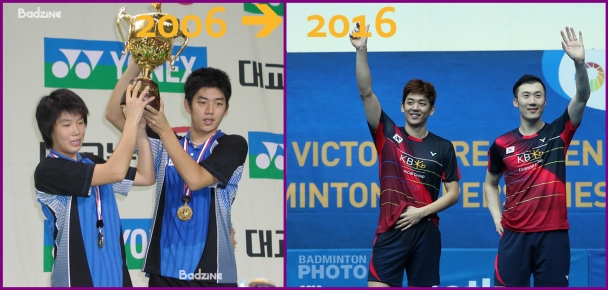
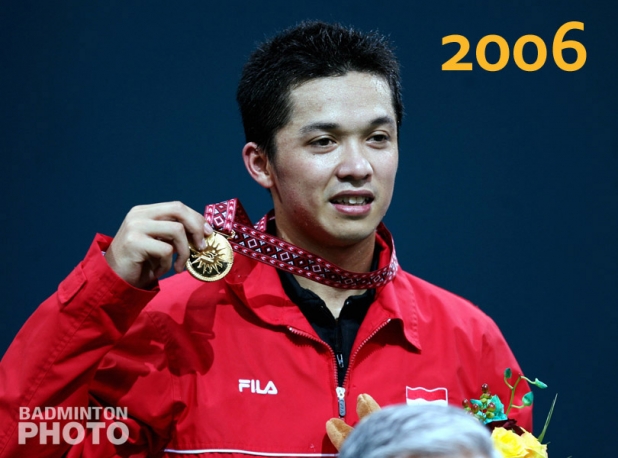
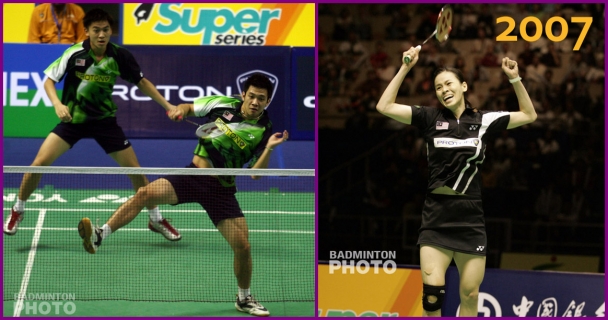
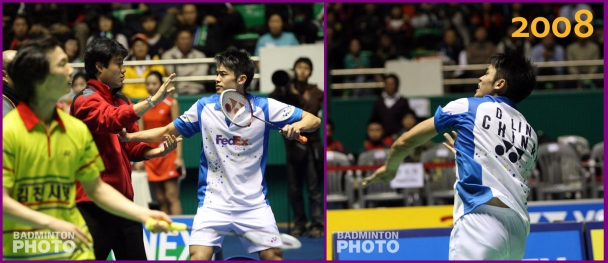
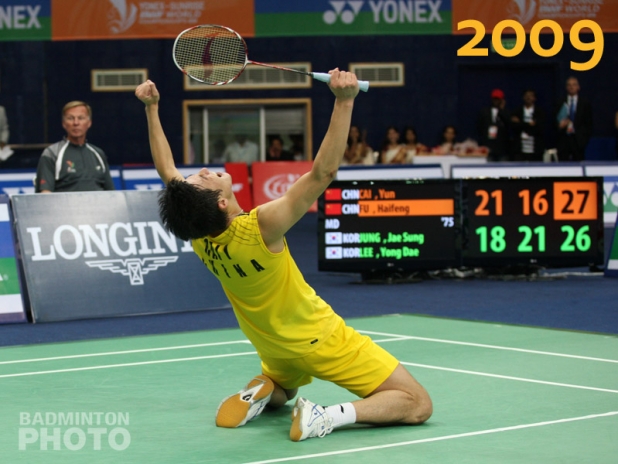
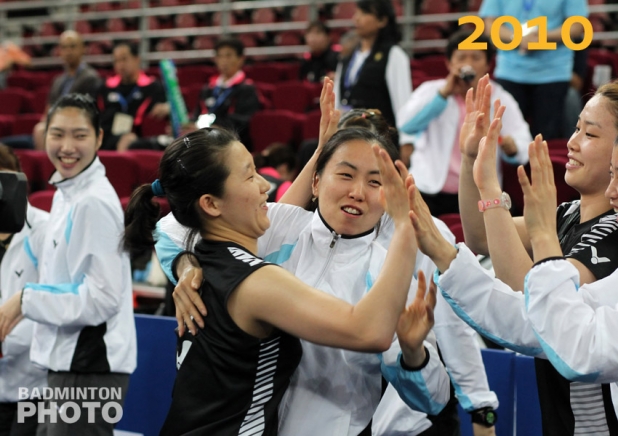
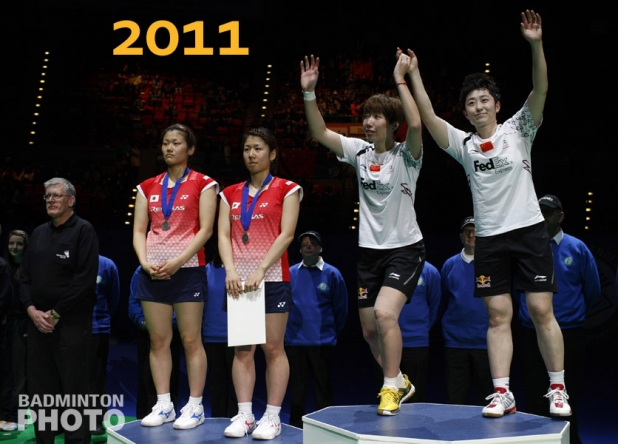
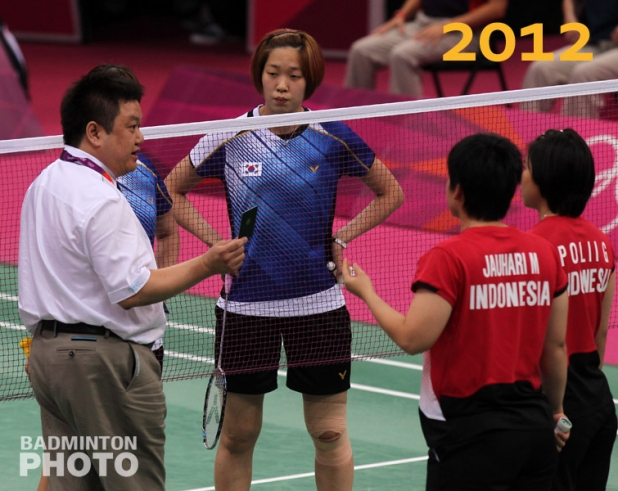
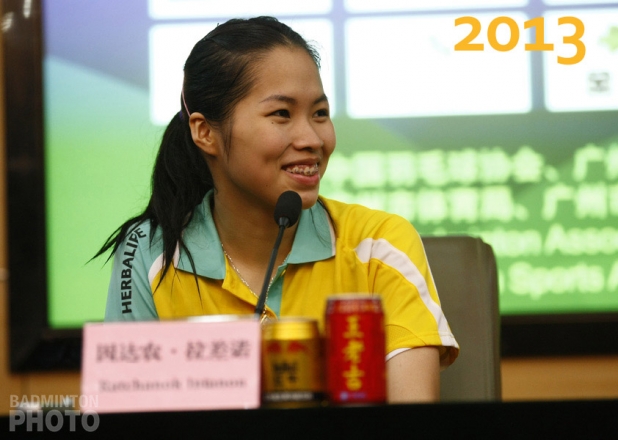
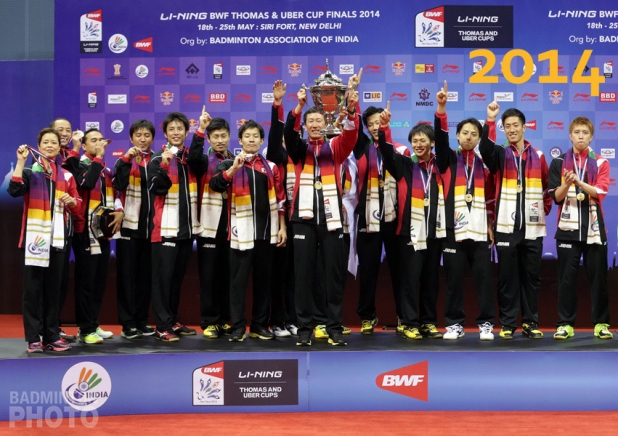
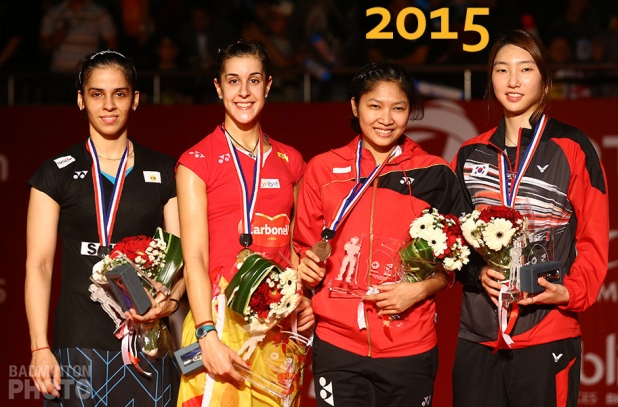
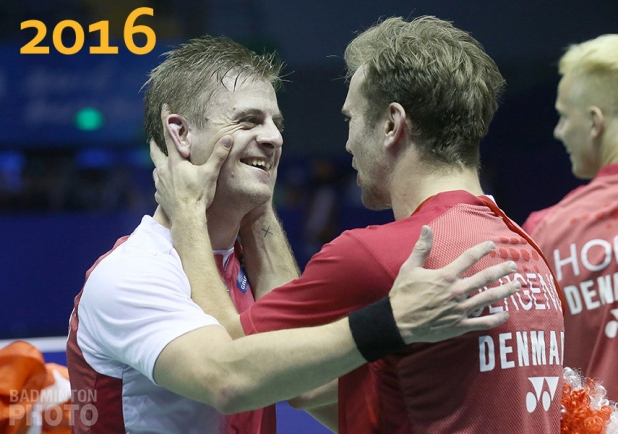

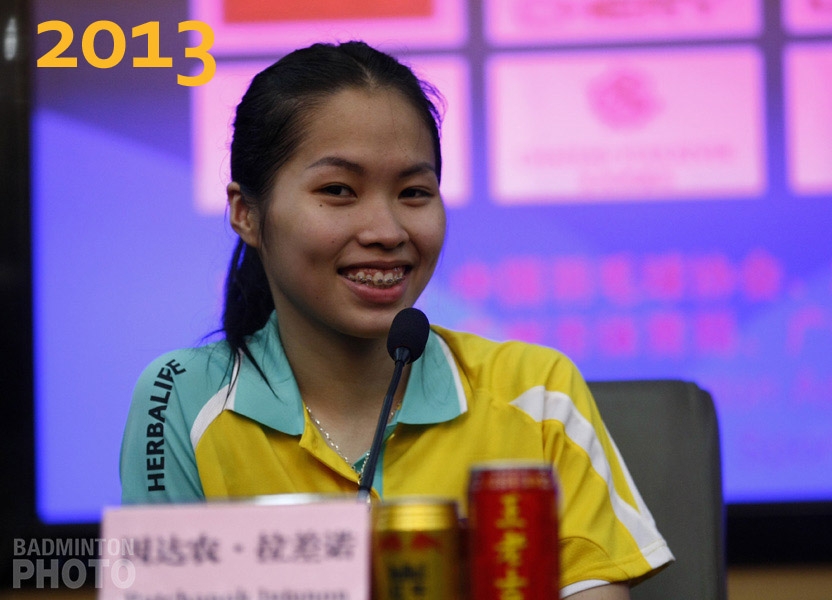
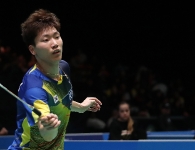
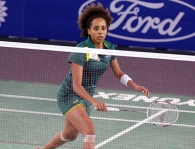
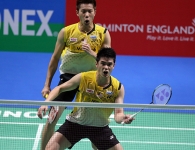
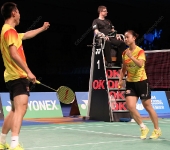
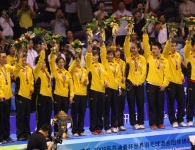
Leave a Reply